This is why archived photos and footage are important documents that show us what was being used and where.
Then, after only a few seconds, the partisans disappeared into the cityscape.
Just like that, the whole thing was over.
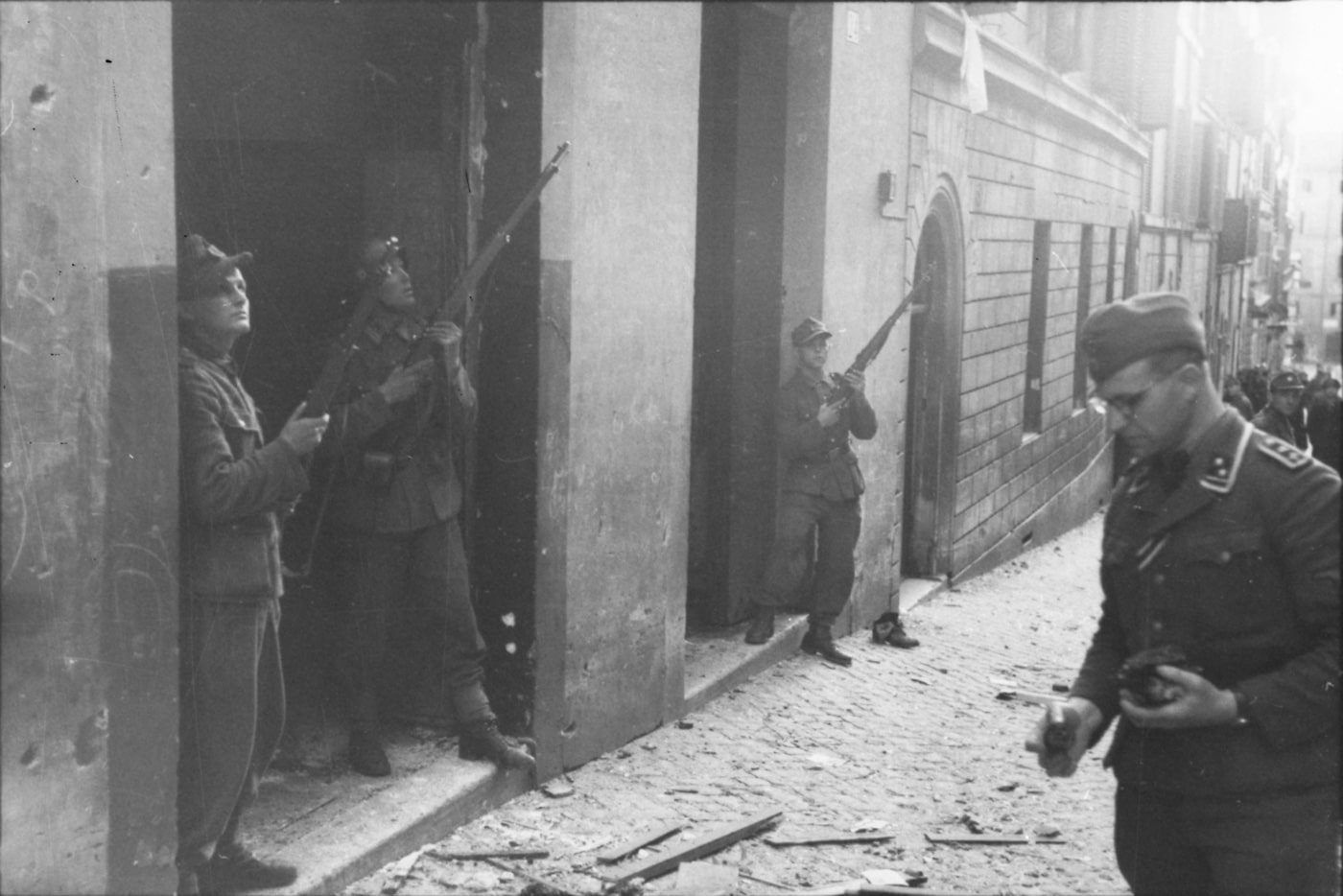
Troops of the 11th Kompanie of the 3rd Battalion, Polizeiregiment “Bozen” armed with Model 1941 Carcano rifles. Image: Lutz Koch/Bundesarchiv, Bild 101I-312-0983-14
The bodies of 28 dead and over 100 wounded military policemen littered the Via Rasella.
Five more members of the Polizeiregiment would ultimately die due to wounds received during the attack.
None of the partisans were injured during the Via Rasella attack.
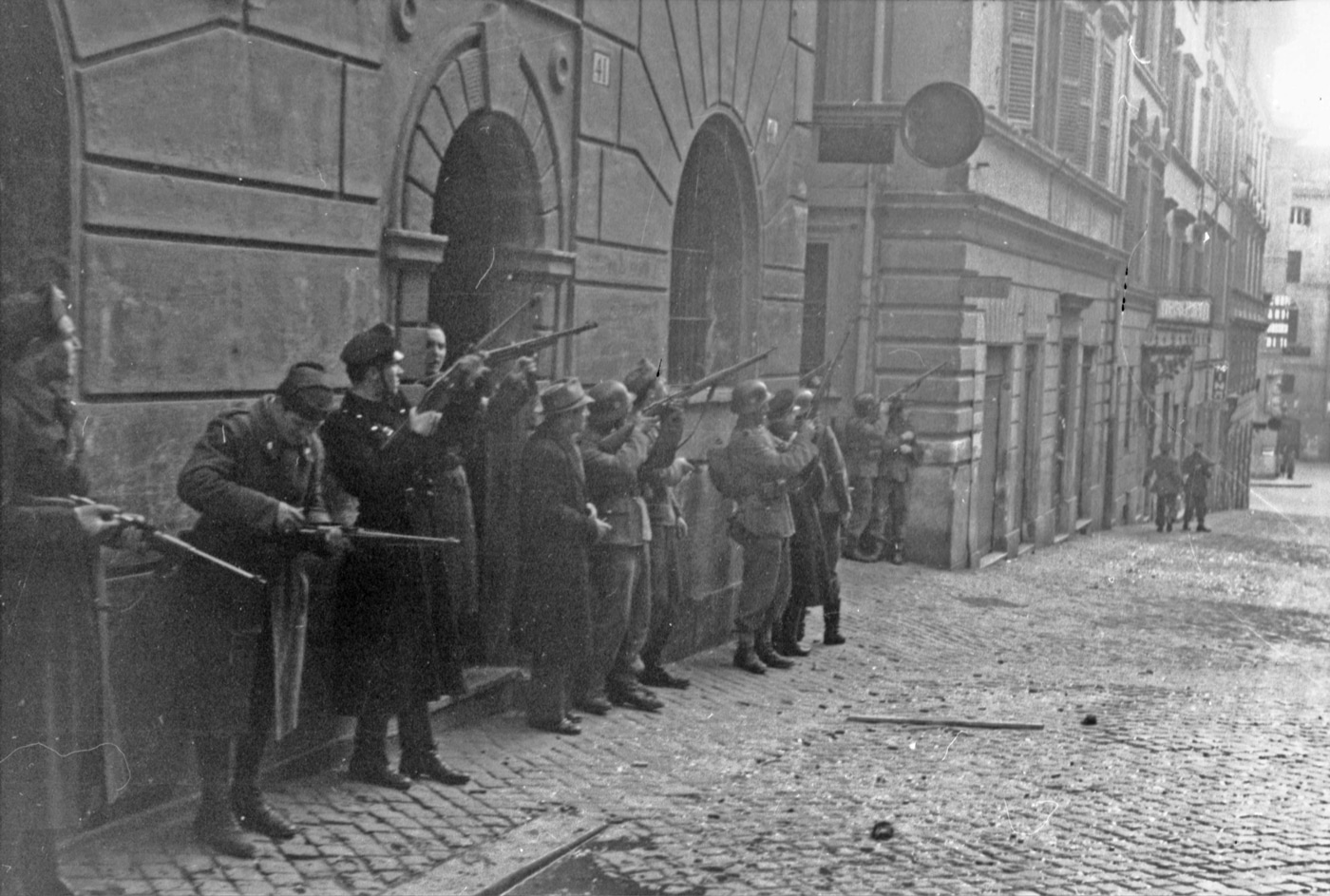
Troops firing at buildings at the corner of the Via del Boccaccio with Carcano Model 1941 rifles, Carcano Moschetto Model 1891 carbines and a 9mm MAB 38. Image: Image: Lutz Koch/Bundesarchiv, Bild 101I-312-0983-25
As those shots were still being fired, Koch began taking photographs at the scene.
The troops were holding the Italian citizens at gunpoint.
The images that Koch captured on film during the minutes that followed showed more uncommon firearms.
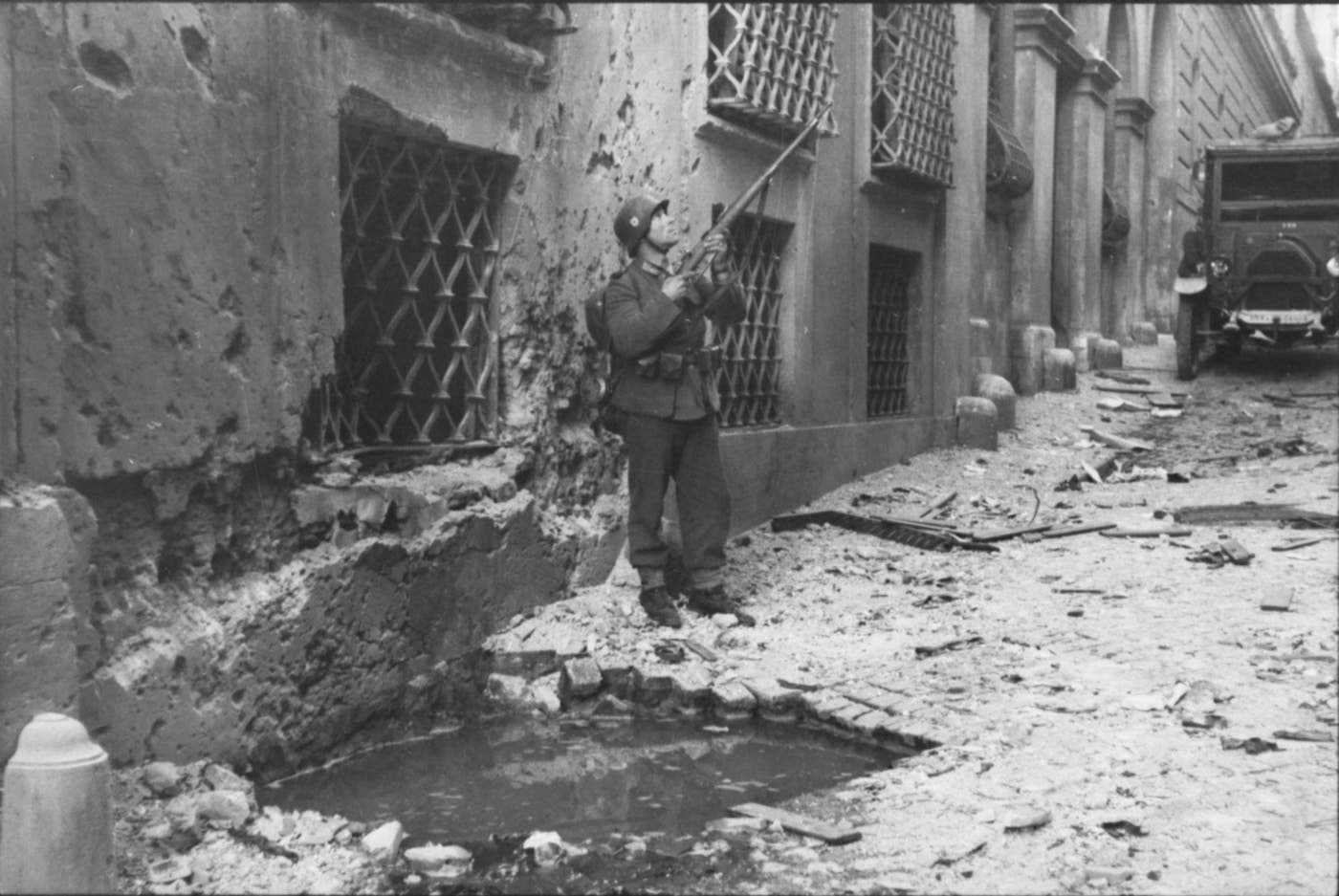
Armed with a Model 1941 Carcano rifle, a soldier stands by the damage from an IED. Image: Lutz Koch/Bundesarchiv, Bild 101I-312-0983-15
Included in the photos were additional MAB 38 submachine guns and Model 1941 Carcano rifles.
Several other noteworthy Axis firearms can also be seen.
This provides a reminder that this variant of the Carcano saw widespread use during the Second World War.

Military policemen armed with Carcano Model 1941 rifles and a 9mm MAB 38 SMG guard a group of men shortly after the March 23, 1944 attack. Image: Lutz Koch/Bundesarchiv, Bild 101I-312-0983-03
A six-shot, single-action/double-action revolver, the Bodeo had been around for more than 50 years.
The old workhorse was known for being reliable and simple.
Despite all that firepower, the Roman resistance represented a real danger because it could strike anywhere and anytime.
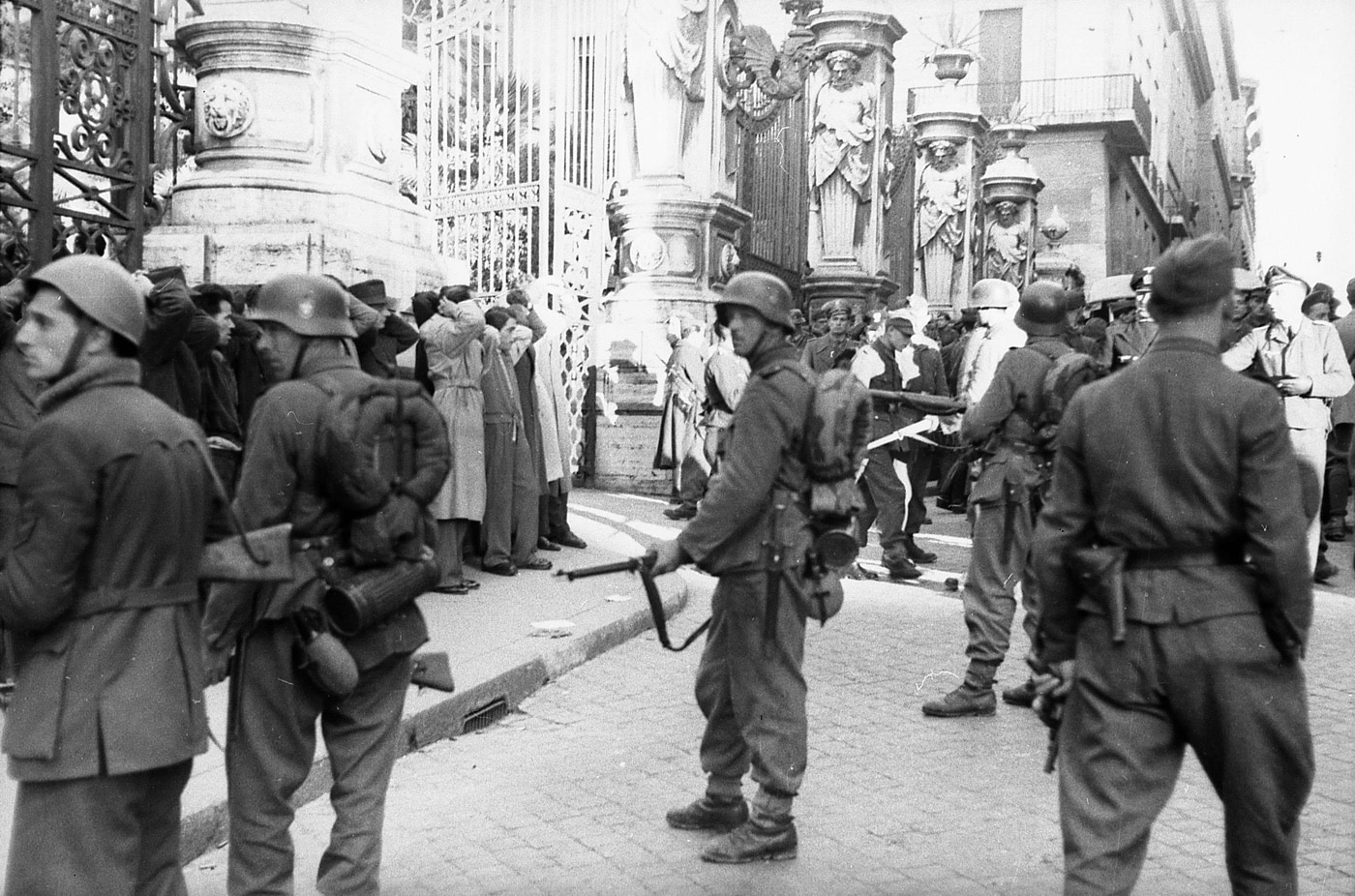
The soldier in the center is armed with a Carcano Model 1941 rifle and the man on the right is armed with an Enlisted Model Bodeo revolver. Image: Lutz Koch/Bundesarchiv, Bild 101I-312-0983-05
It came at a complicated time in the war.
Consequently, the liberation of Rome was still more than a month away.
Reprisals
Luftwaffe Generalmajor Kurt Malzer was the German Armed Forced Commandant in Rome.

Right side view of a Carcano Model 1941 rifle that was made in 1942. Image: Jeff Hallinan/Collectors Firearms
The majority of those murdered were civilians and had no part of the resistance movement.
When the atrocity was complete, German engineers collapsed the entrances to hide the murders.
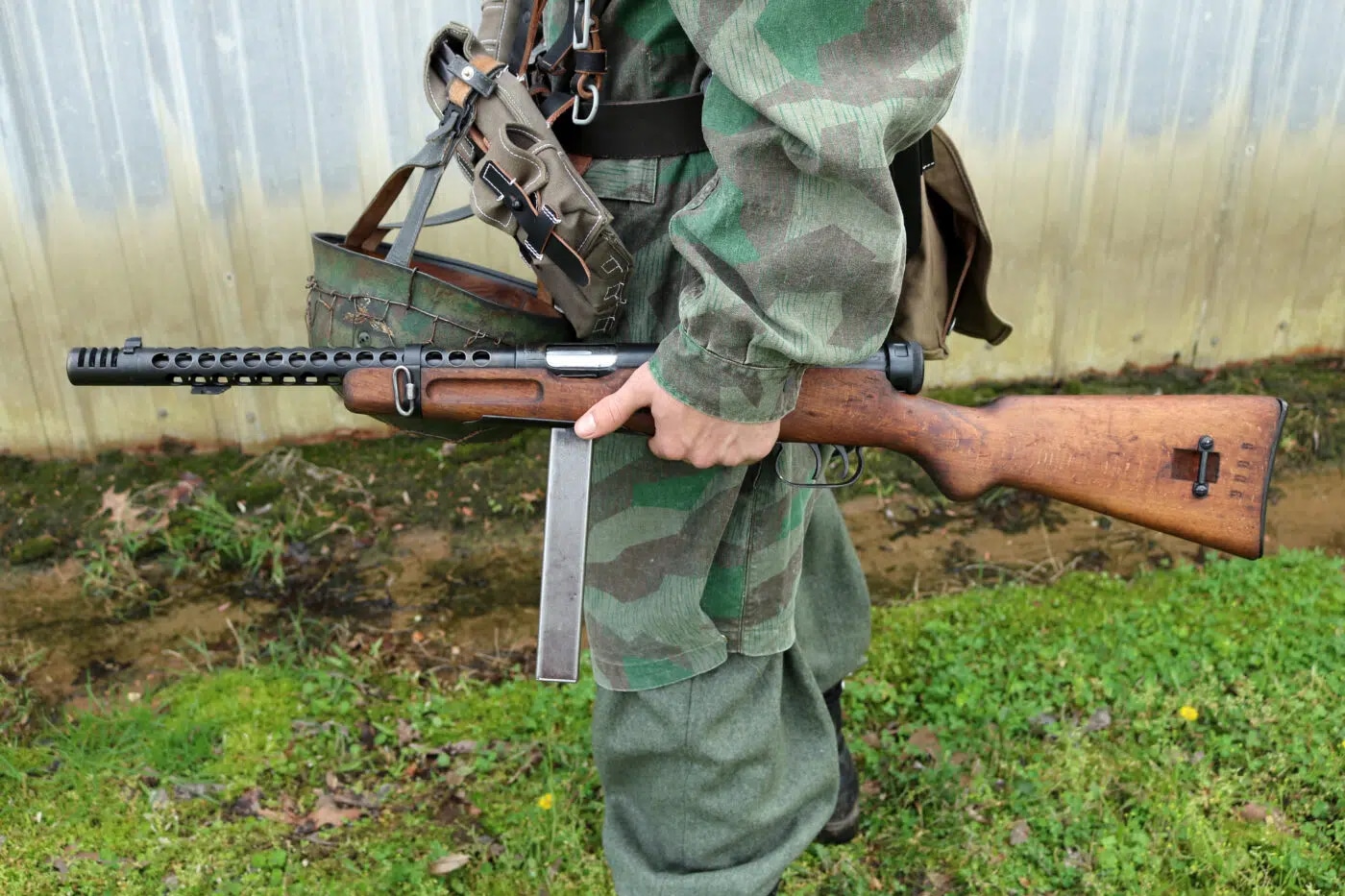
The MAB 38 was a 9mm SMG that fired from an open bolt and ejected to the left. Image: Will Dabbs, M.D.
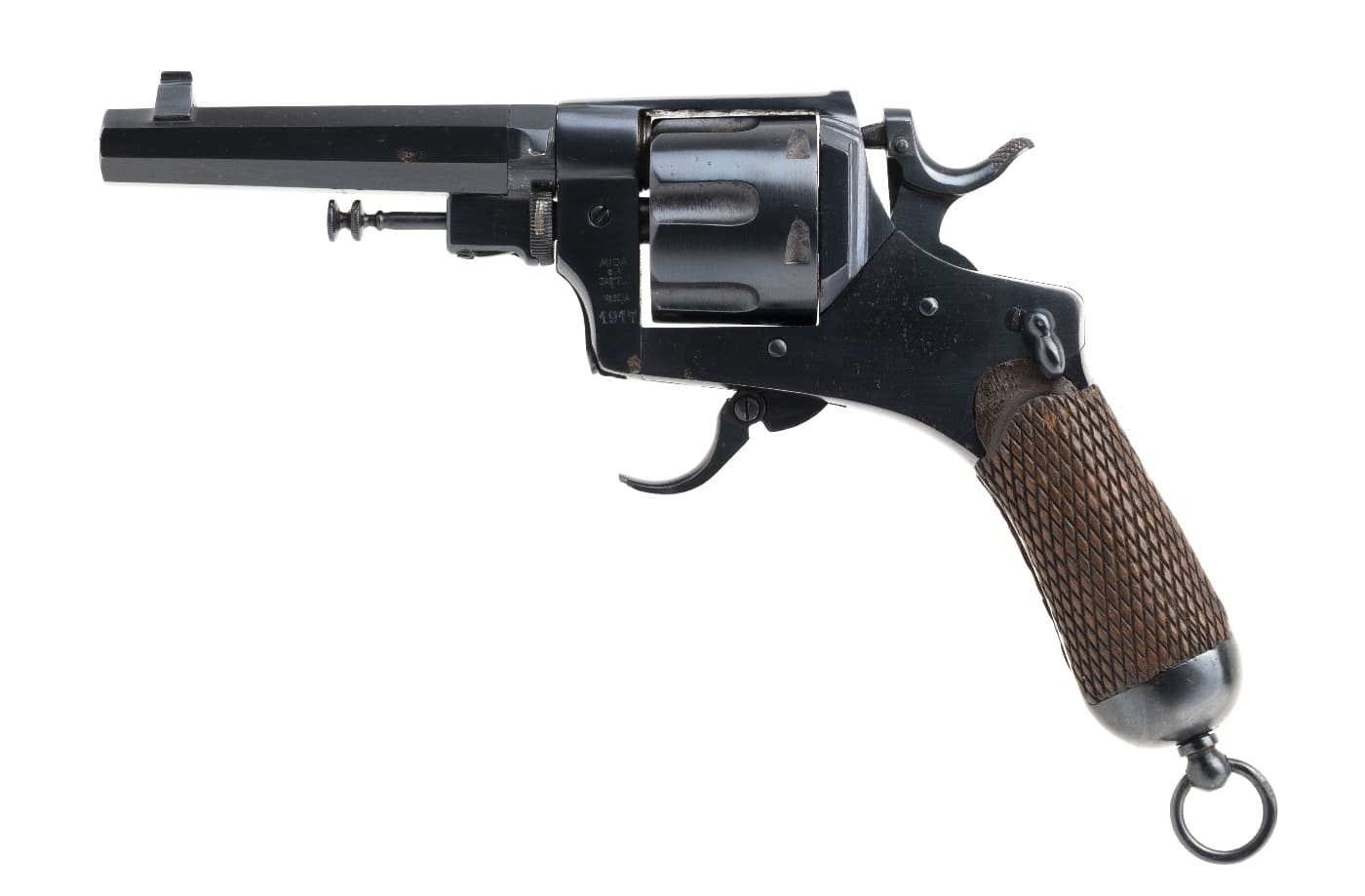
Left side view of an Enlisted Model Bodeo revolver that was made in 1917. Image: Jeff Hallinan/Collectors Firearms

Bullet damage from the March 23, 1944 attack on the Via Rasella can still be seen to this day on the building at the corner of the Via del Boccaccio. Image: Martin K. A. Morgan
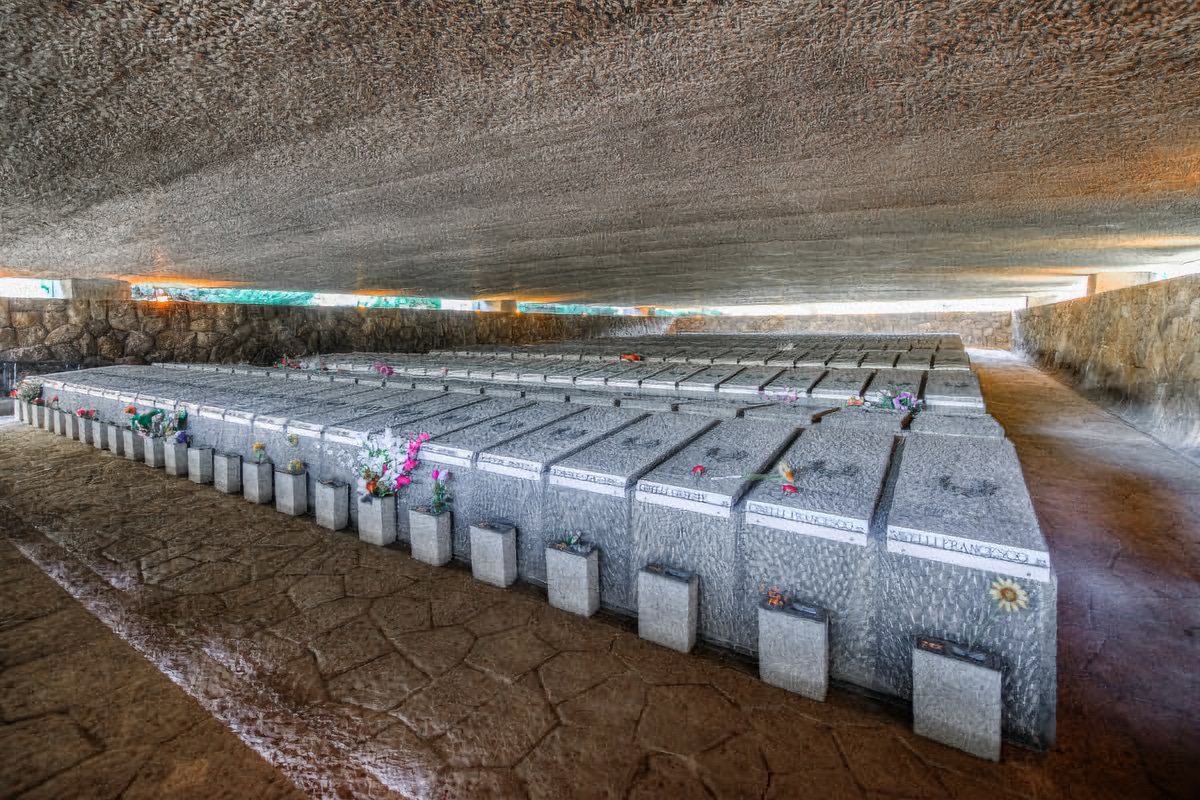
The tombs of those killed by Nazis in the wake of the Via Rasella attack. Image:Mausoleo Fosse Ardeatine/CC BY-NC-ND 4.0




